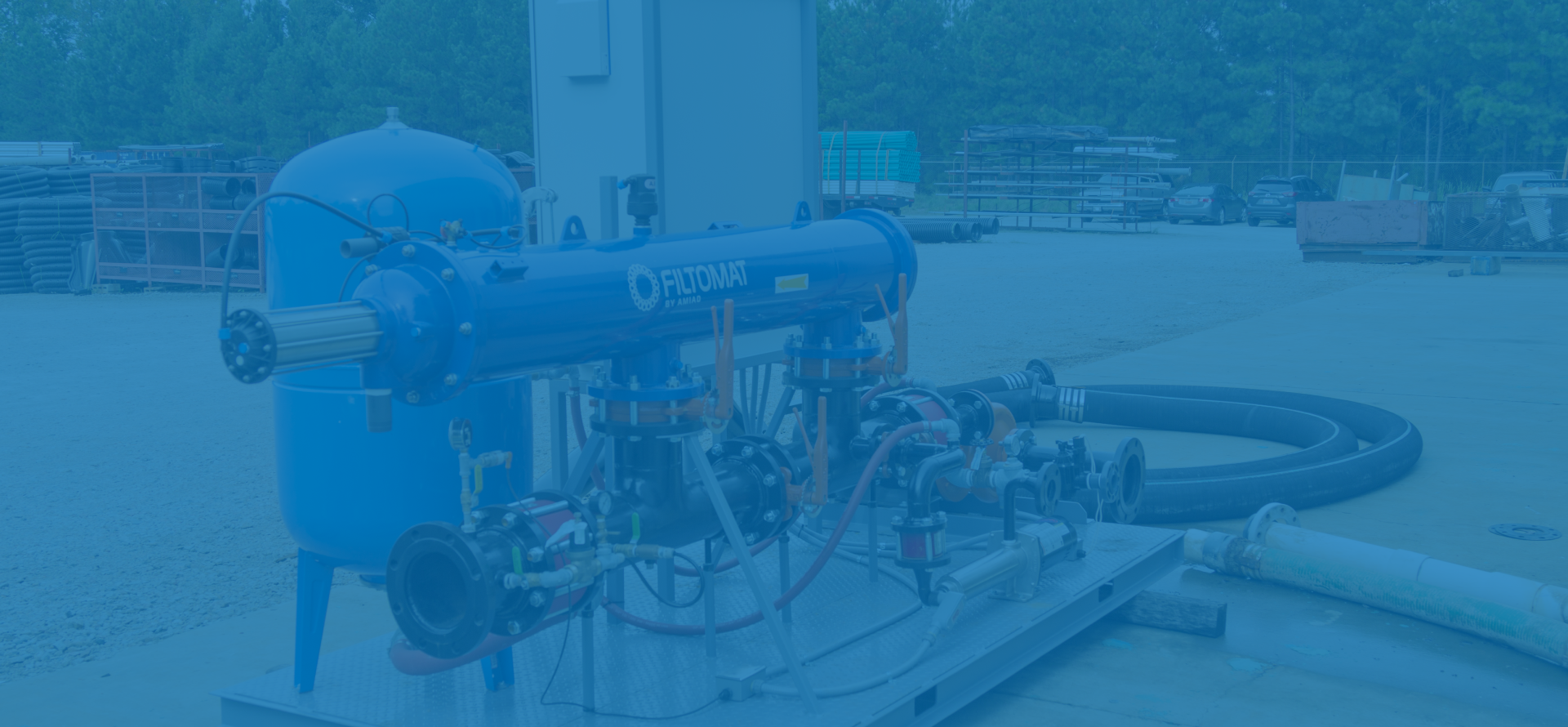How to Choose the Perfect Outdoor Grill Station for Optimal Cooking Efficiency and Safety
When selecting an outdoor grill station for optimal cooking efficiency and safety, several factors come into play. According to the Hearth, Patio & Barbecue Association, nearly 80% of American households own a grill, highlighting the significant role outdoor cooking plays in modern lifestyles. As outdoor cooking popularity surges, so does the need for a grill station that not only enhances culinary experiences but also ensures safety. A well-designed outdoor grill station can improve cooking efficiency by providing essential features such as built-in storage, ample workspace, and proper ventilation, thus reducing the risk of accidents. Furthermore, industry studies indicate that grilling can increase household social interaction and outdoor dining experiences, making the choice of the right grill station even more critical. With various models and options available, understanding the key attributes of a top-notch outdoor grill station is essential for both casual cooks and culinary enthusiasts alike.
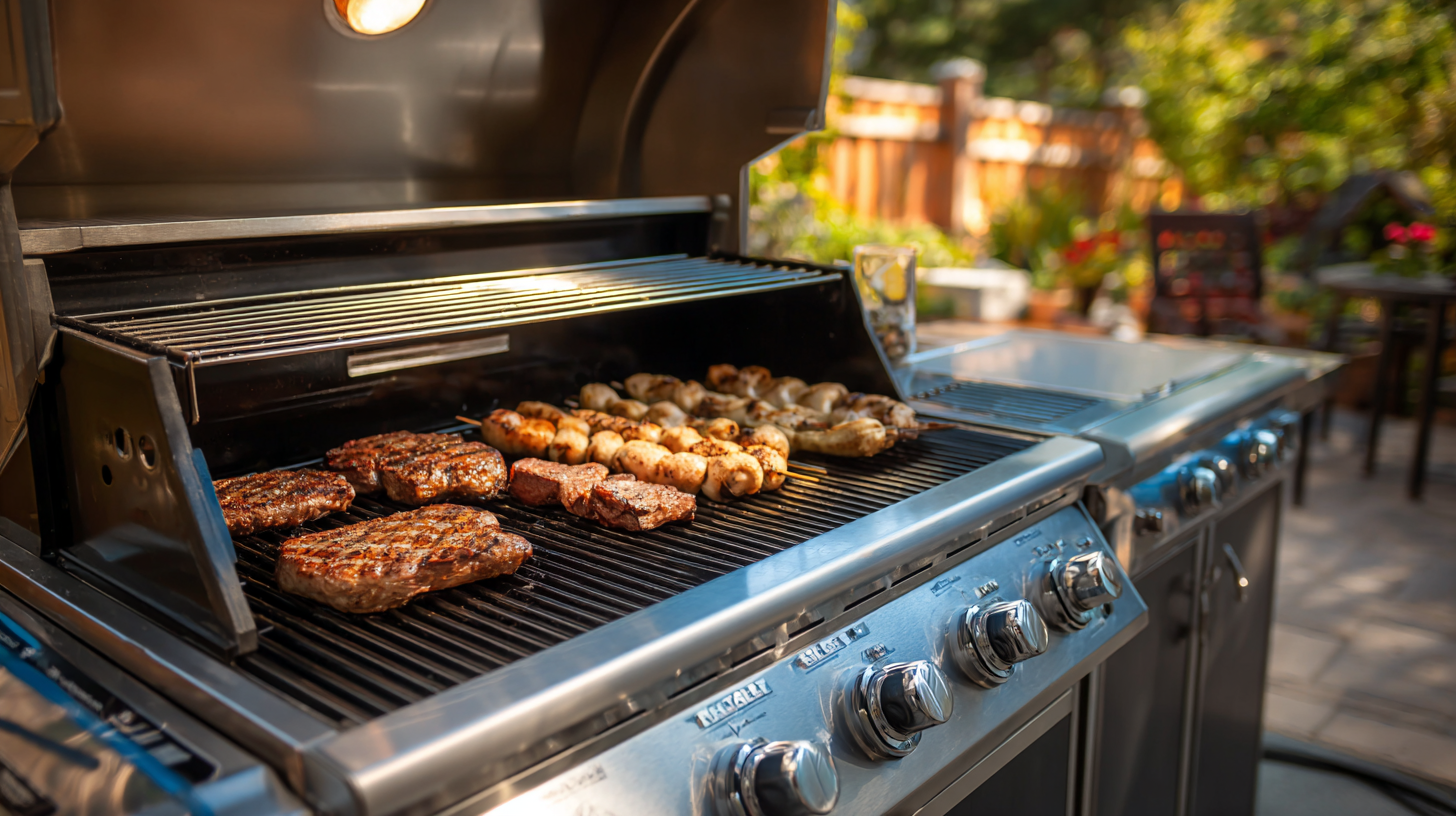
Identifying Key Features for an Efficient Outdoor Grill Station: Size, Material, and Fuel Type
When selecting the perfect outdoor grill station, a few key features stand out: size, material, and fuel type. First, size is crucial. A grill station should fit comfortably in your outdoor space, allowing enough room for movement and access. Consider your cooking needs; a larger grilling area is ideal for hosting gatherings, while a compact design suits smaller patios or balconies. Make sure to also account for additional surfaces for food preparation and storage.
 Material is another fundamental aspect affecting both durability and performance.
Stainless steel offers robustness and resistance to rust, making it a popular
choice for exterior grills. However, some grillers prefer cast iron for its superior
heat retention and even cooking. It's essential to choose a material that withstands your local environment while also
maintaining aesthetic appeal.
Material is another fundamental aspect affecting both durability and performance.
Stainless steel offers robustness and resistance to rust, making it a popular
choice for exterior grills. However, some grillers prefer cast iron for its superior
heat retention and even cooking. It's essential to choose a material that withstands your local environment while also
maintaining aesthetic appeal.
 Lastly, the fuel type plays a pivotal role in cooking efficiency.
Gas grills provide quick and convenient heat, perfect for regular use,
while charcoal grills enhance flavor with their smokiness, ideal for those who
relish traditional grilling. Pellet grills offer versatility, combining the best of both worlds.
Evaluating your cooking preferences and lifestyle will guide you in selecting the most suitable fuel type for optimal grilling experiences.
Lastly, the fuel type plays a pivotal role in cooking efficiency.
Gas grills provide quick and convenient heat, perfect for regular use,
while charcoal grills enhance flavor with their smokiness, ideal for those who
relish traditional grilling. Pellet grills offer versatility, combining the best of both worlds.
Evaluating your cooking preferences and lifestyle will guide you in selecting the most suitable fuel type for optimal grilling experiences.
Understanding the Importance of Safety Ratings and Certifications for Outdoor Grills
When selecting an outdoor grill station, safety ratings and certifications should be top of mind. Reputable brands often ensure that their grills meet specific safety standards set by regulatory organizations. These certifications, such as those from Underwriters Laboratories (UL) or the American National Standards Institute (ANSI), signify that the grill has been rigorously tested for hazards like gas leaks, overheating, and fire risks. A grill with a recognized safety certification not only assures quality but also gives consumers peace of mind while cooking outdoors.
Additionally, understanding the importance of these safety ratings can prevent potential accidents and enhance your grilling experience. For instance, grills that have earned safety certifications typically include features like flame tamers, safety shut-off valves, and stable construction to minimize tipping. By paying attention to these details, you can choose a grill that prioritizes both performance and safety, thus enabling enjoyable gatherings without the worry of mishaps. Whether you're an occasional griller or a barbecue aficionado, investing in a certified grill will ensure lasting memories on your outdoor cooking adventures.
How to Choose the Perfect Outdoor Grill Station for Optimal Cooking Efficiency and Safety
| Grill Type | Cooking Surface Area (sq. in.) | Heat Output (BTU/h) | Safety Ratings | Certifications |
|---|---|---|---|---|
| Gas Grill | 450 | 40,000 | UL Listed | CSA Certified |
| Charcoal Grill | 400 | 30,000 | Not Applicable | ISO 9001 Certified |
| Electric Grill | 300 | 1,800 | ETL Listed | CE Certified |
| Portable Grill | 200 | 10,000 | ANSI Certified | RoHS Compliant |
Evaluating Cooking Surface Area and Burner Counts for Optimal Heat Distribution
When selecting the perfect outdoor grill station, evaluating the cooking surface area and burner counts is crucial for achieving optimal heat distribution. A larger cooking surface allows for more food to be grilled simultaneously, making it ideal for gatherings or family meals. It's important to consider the layout of your grill; models that feature multiple burners can provide distinct heat zones, enabling different cooking techniques like searing and indirect grilling at the same time. This versatility significantly enhances cooking efficiency, allowing for better meal preparation without the need to wait for multiple cooking sessions.
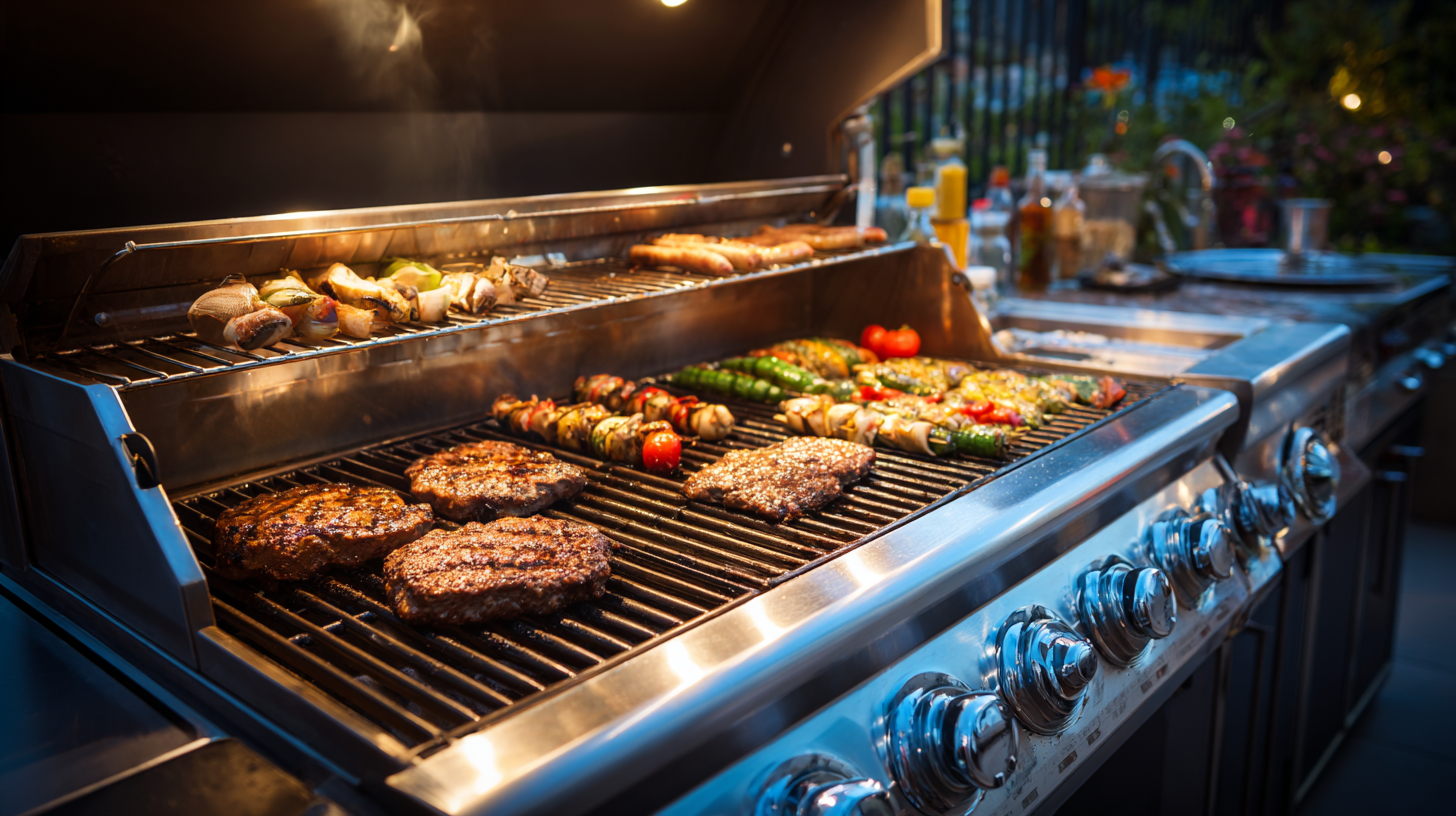
Moreover, the number of burners directly impacts heat control. A grill with several burners can offer precise temperature adjustments, ensuring that heat is evenly distributed across the grill surface. This aspect is particularly important in avoiding hot spots, which can lead to uneven cooking results. Recent advancements in cooking technology, such as those explored in heat transfer investigations, highlight the efficiency of porous burners. These features translate well into the design of outdoor grill stations, promoting improved safety and effectiveness in cooking outside. Therefore, when choosing a grill, prioritize models that combine a spacious cooking area with multiple dependable burners to maximize your outdoor cooking experience.
Analyzing the Benefits of Integrated Technologies: From Smart Grilling to Temperature Control
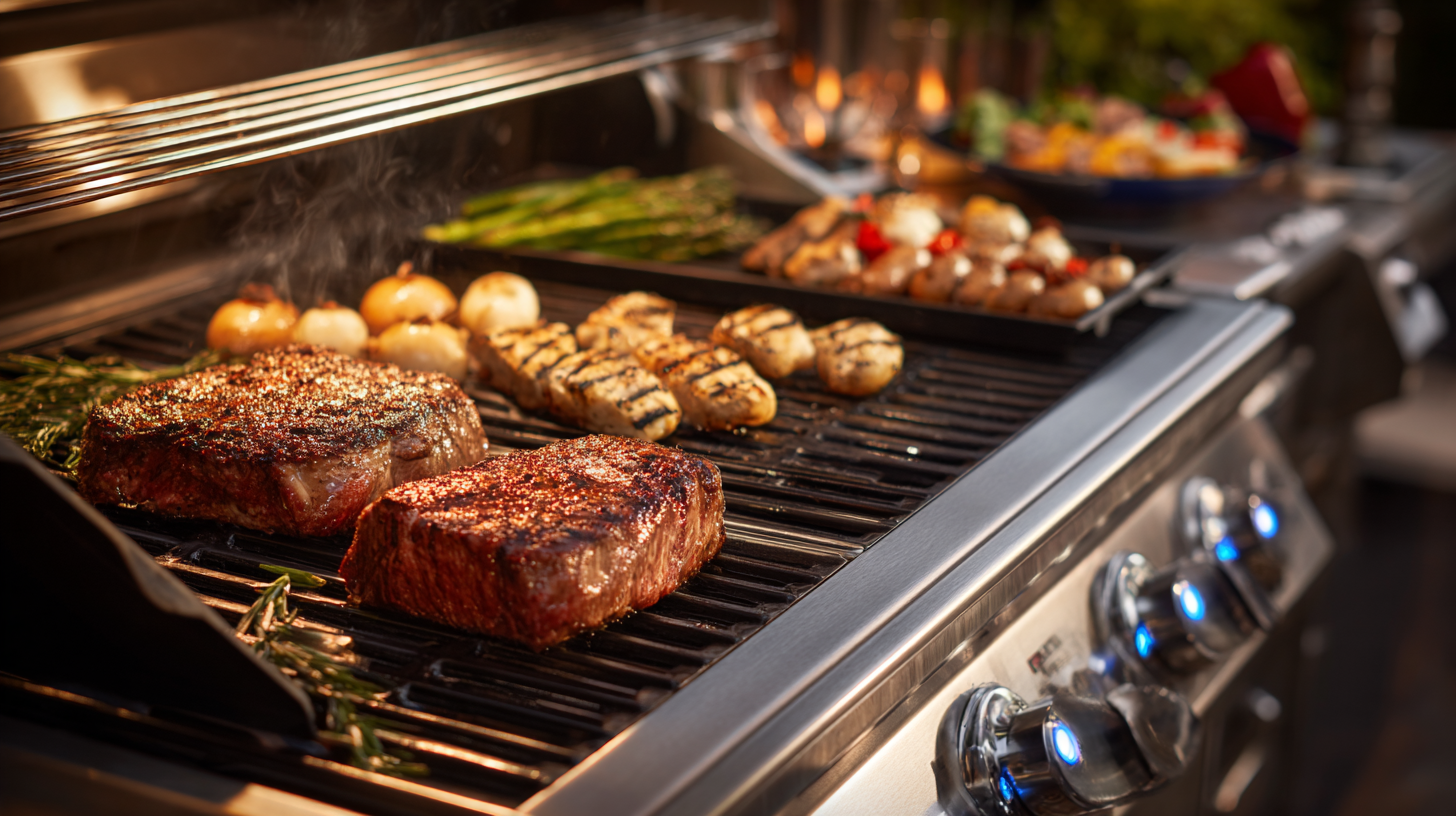 The rise of integrated technologies in outdoor grilling has revolutionized backyard cooking, enhancing both safety and efficiency. According to a recent report by the Hearth, Patio & Barbeque Association, nearly 60% of grill owners utilize advanced features like smart connectivity and temperature controls. These technologies not only streamline the cooking process but also minimize the risk of overcooking or undercooking food. For example, models equipped with temperature probes can alert the user when the meat reaches the desired internal temperature, ensuring perfectly cooked meals every time.
The rise of integrated technologies in outdoor grilling has revolutionized backyard cooking, enhancing both safety and efficiency. According to a recent report by the Hearth, Patio & Barbeque Association, nearly 60% of grill owners utilize advanced features like smart connectivity and temperature controls. These technologies not only streamline the cooking process but also minimize the risk of overcooking or undercooking food. For example, models equipped with temperature probes can alert the user when the meat reaches the desired internal temperature, ensuring perfectly cooked meals every time.
Furthermore, smart grilling solutions often come with mobile apps that offer real-time monitoring and notifications. A study by the National Fire Protection Association indicated that outdoor grill-related incidents could be reduced by 30% through the use of technology that enables distance monitoring and alerts for potential hazards. By integrating features such as automatic shut-off systems and flame sensors, grill stations not only provide effortless cooking experiences but also protect users and their property from potential fires. Ultimately, choosing a grill with these state-of-the-art technologies is a significant step toward enhancing cooking efficiency while prioritizing safety.
Assessing Budget Considerations: Balancing Quality with Performance and Longevity in Grill Stations
When selecting the perfect outdoor grill station, budget considerations are paramount in achieving a balance between quality, performance, and longevity. Investing in a grill that may seem expensive initially can lead to long-term savings due to its durable materials and superior cooking capabilities, allowing for enjoyable outdoor cooking experiences for years to come.
It’s essential to evaluate what features are necessary, such as cooking space, heat distribution, and additional functionalities like side burners or rotisserie attachments, which can enhance your grilling efficiency.
Furthermore, understanding the potential longevity of the grill model is crucial. A well-crafted grill station should withstand various weather conditions and heavy usage, translating to fewer replacements over time. Many manufacturers offer warranties that reflect the confidence in their products' durability, which can be a vital indicator when making your decision.
Related Posts
-
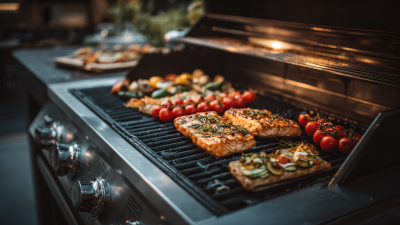
Exploring 2025 Tech Trends to Elevate Your Outdoor Grill Station Experience
-

7 Essential Tips for Choosing the Perfect Outdoor Grill for Your Backyard
-
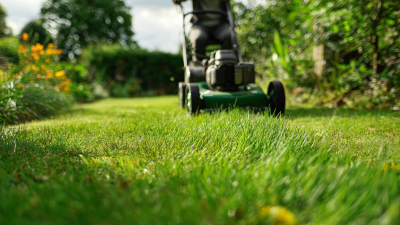
What Makes Grass Fertilizer Essential for a Healthy Lawn
-

Ultimate Guide to Choosing the Perfect Irrigation System for Your Garden
-
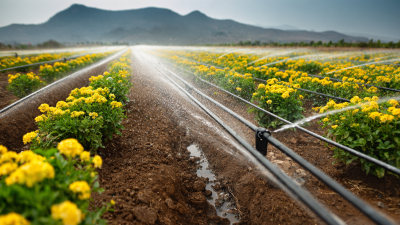
Innovative Examples of Top Irrigation Supplies Boosting Crop Yields and Water Efficiency
-
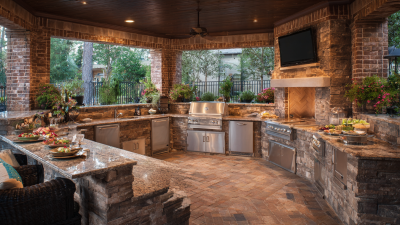
Ultimate Guide to Creating the Perfect Outdoor Kitchen for Every Space
Stay Connected
Sign up today to keep up with the newest information from one of the Southeast’s leading suppliers of fluid handling equipment!






